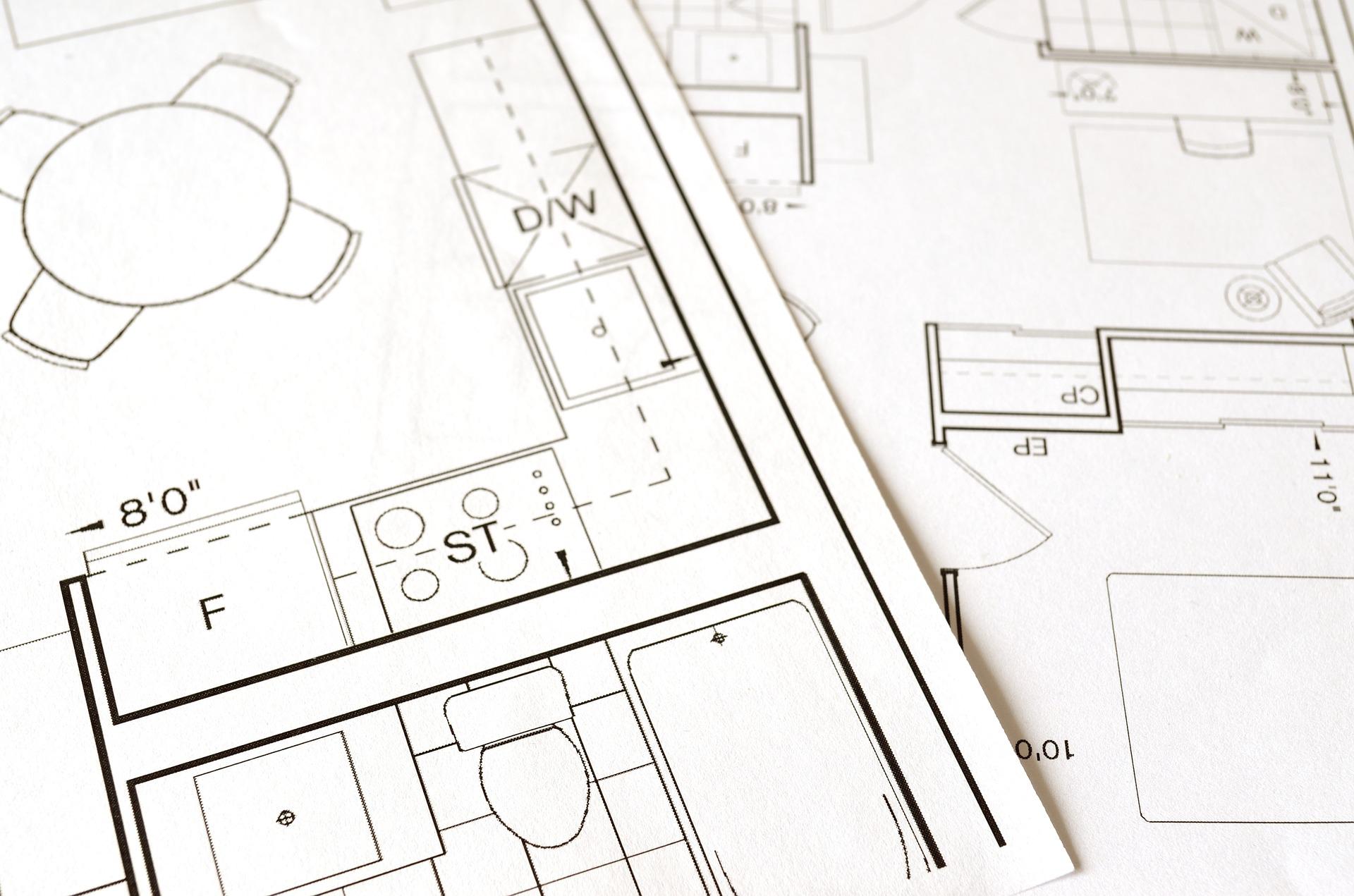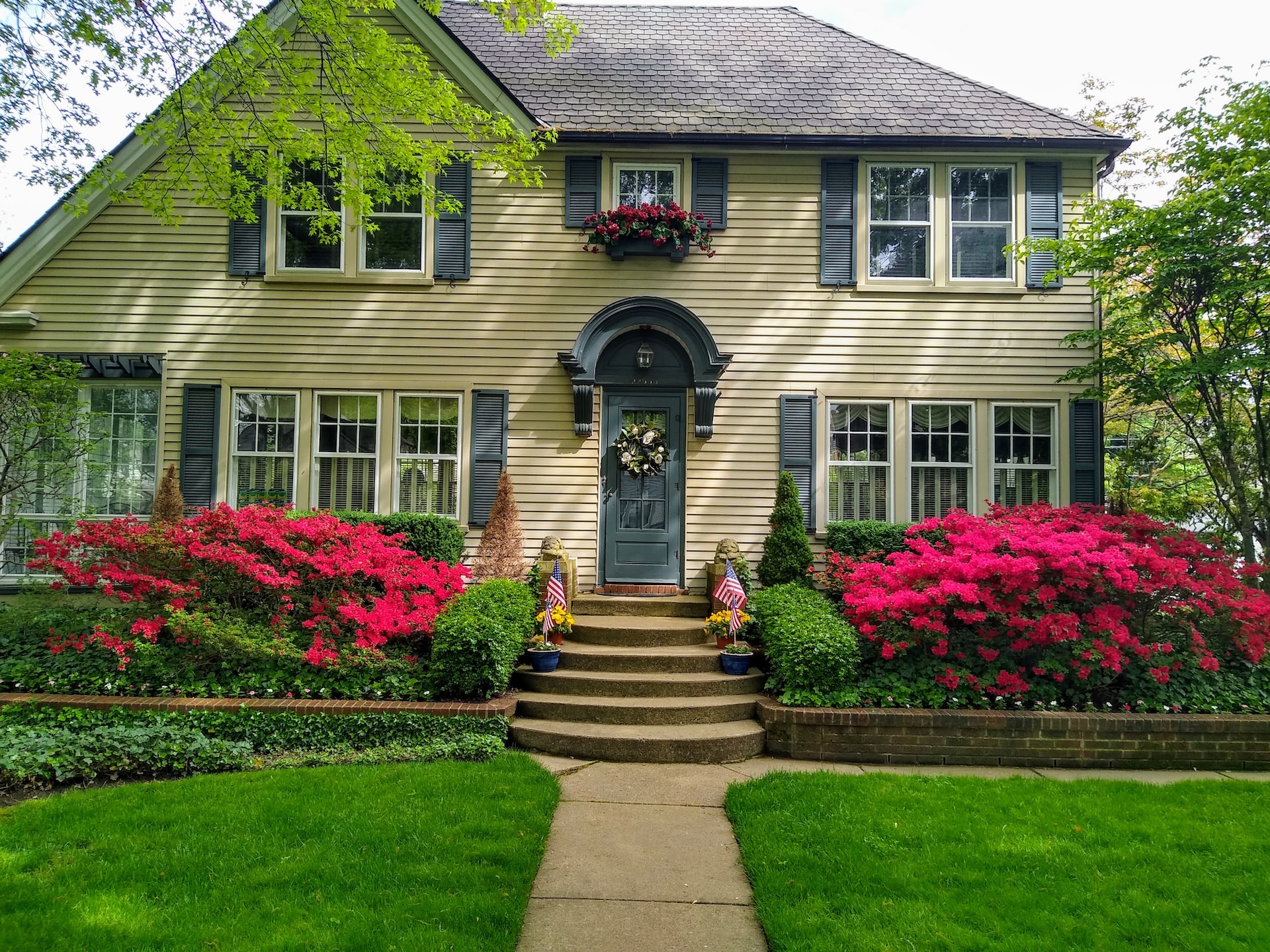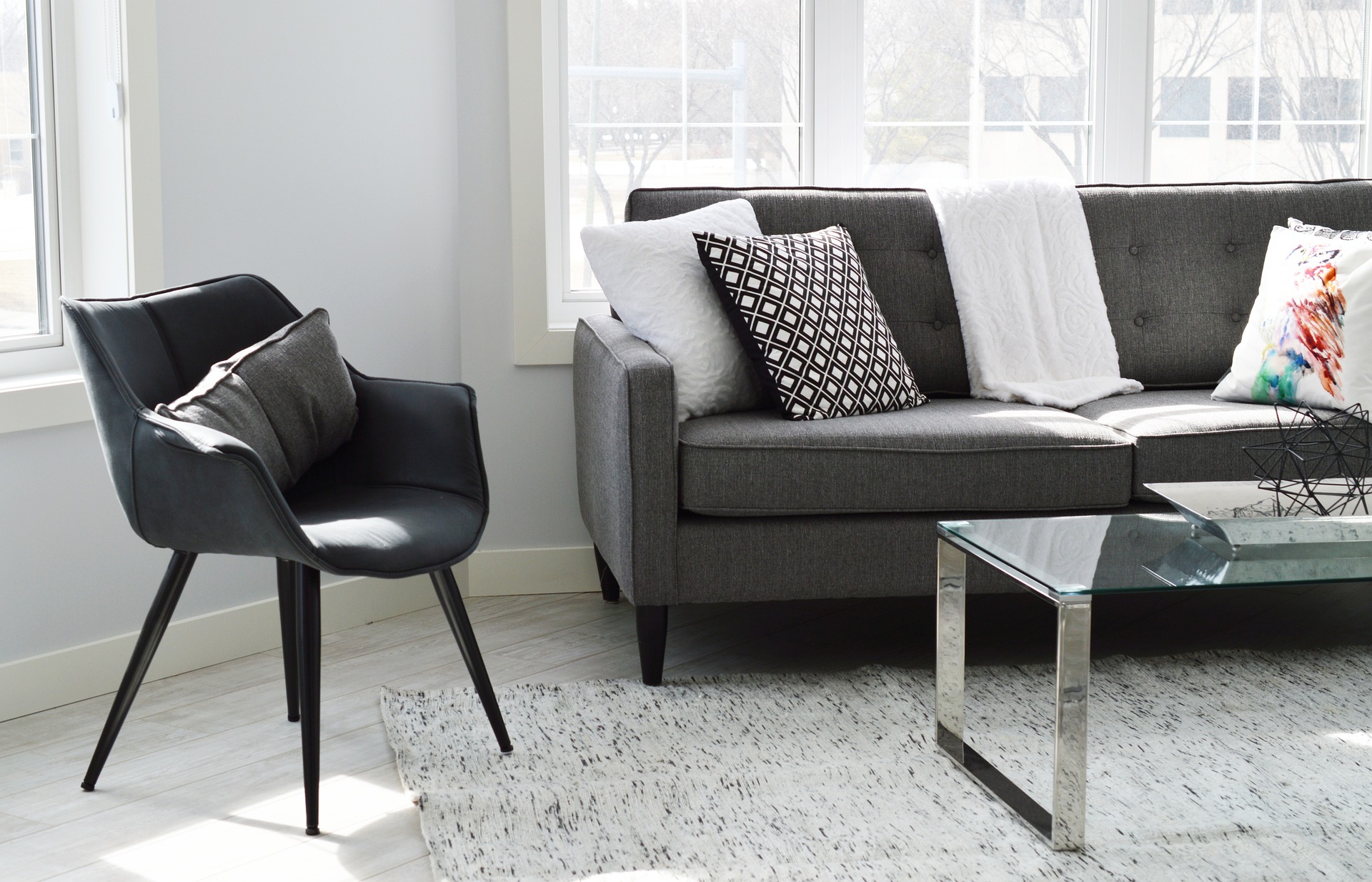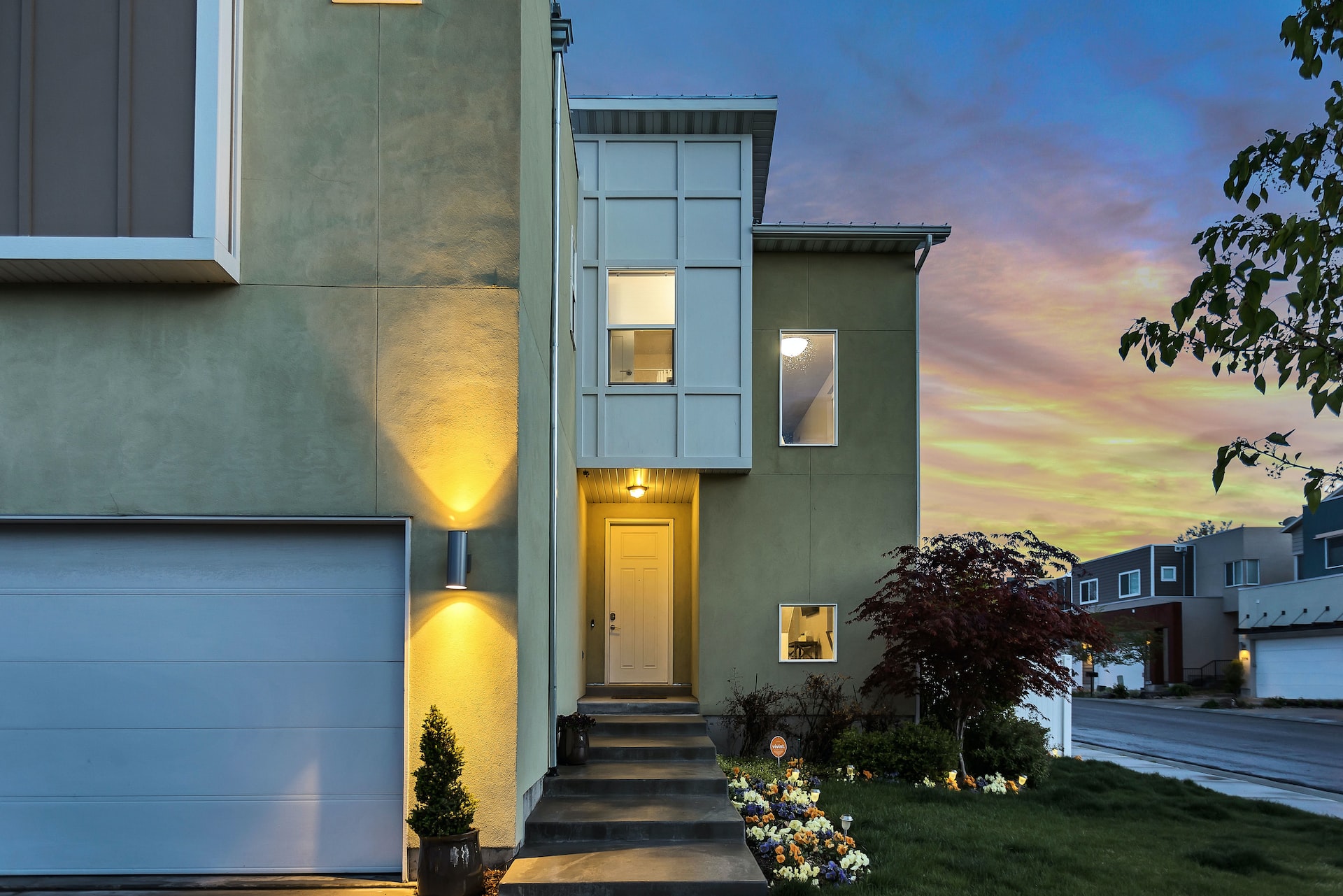More space is a common desire among homeowners. Even homeowners who say that their home is spacious enough may desire a larger kitchen and bathroom, or an extra bedroom from time to time. This is when house additions come into play. The addition might provide the extra room that is required in a house as a result of a growing family or a change in lifestyle.
If there’s any bad news in this, it’s that regardless of the kind of house addition you pick, you’ll be looking at a significant financial outlay. From large to small, we’ll look at some of the most common house additions.
Second Story
Adding a second story to your home is probably the biggest type of home addition. This addition may cost anywhere from $60,000 to $600,000, depending on the size of your property, and adds considerable square footage and market potential. It’s possible that you won’t need to buy a new, pricey foundation. You won’t have to worry about zoning setbacks or coming too close to your neighbors’ property borders, either. Your home’s market value will almost certainly rise as a result of your efforts.
However, adding a second floor to any home is a significant endeavor, so think about the specifics before you start looking for a builder. Consult a builder or architect to ensure that your home’s structure and foundation are capable of accommodating a second story!
Garage Conversion
Many homeowners seek more square footage without incurring a hefty expense by converting a part of their home—their garage—into fresh new interior space. By adding flooring, replacing the garage door with a solid wall, and erecting a ceiling, a garage conversion turns a one- or two-car connected garage into a living area. It’s also a lot less expensive than a large structural addition. Turning a large garage into an apartment-like addition with bathrooms, or even outdoor traditional saunas will let you enjoy a sense of seclusion while still being able to stay on your property. A new sauna might be one of the greatest home improvement projects you’ve ever created if you live an active lifestyle.
You may save time and money by turning this part of your house into a steam room instead of traveling to the gym or spa and paying a premium for a time in their steam room.
A New Room
A single room constructed onto the side of a home is known as a room addition or “bump-out.” Adding a new room is a great opportunity to adapt your house to your specific requirements, whether you’ve moved into a home you love but it’s just a little too tiny or you’ve outgrown your current area. Here are some of the most common house additions to consider if you’re thinking about adding a room to your home.
Bedroom
Do you have more children than rooms? It’s a problem that many families are dealing with as the cost of a single-family house continues to grow. A bedroom addition is likely the best choice to explore in order to get additional space in your present home. Keep in mind, however, that adding a room to a house needs not just a construction permit but also the approval of your homeowner’s association if your home is managed by one.
Bathroom
The bathroom is another space that many homeowners wish they had more of. It’s best if each bedroom has its own bathroom, as well as a half-or vanity bathroom for guests to use in the main living area. If you require another bathroom, keep in mind that it may appear to be one of the smaller house additions at first. However, because of the substantial plumbing needs, you might quickly rack up bills.
Sunroom
Do you have a screened-in porch that you want to turn into a sunroom? This style of house addition is popular since it is simple and inexpensive. With this house addition, you may enjoy the dawn and sunset from the comfort of your own home. Its price varies depending on the weather. In temperate climes, three-season sunrooms will be substantially less expensive than four-season rooms in colder areas.
Because you won’t need a slab foundation or roofing materials if your existing house has a strong foundation and roof, you may expect to pay substantially less. Some of the work, like flooring and painting, can be done by the homeowner.
Mudroom
Last but not least, a mudroom is an area where coats, shoes, and bags can be stored. By including built-in cabinets, wall hooks, and other objects to complement aesthetics and visual appeal, a mudroom may offer a little touch of luxury. The mudroom is also useful for serving as a transitional place between the outside and the inside.
Demand for house improvements still remains high. Knowing which house improvements boost the market value and square footage of your home might help you make long-term investments in your home. These brilliant house addition ideas suit every need and budget, whether you want to add a second story or turn a garage into a relaxation room.






Leave A Comment